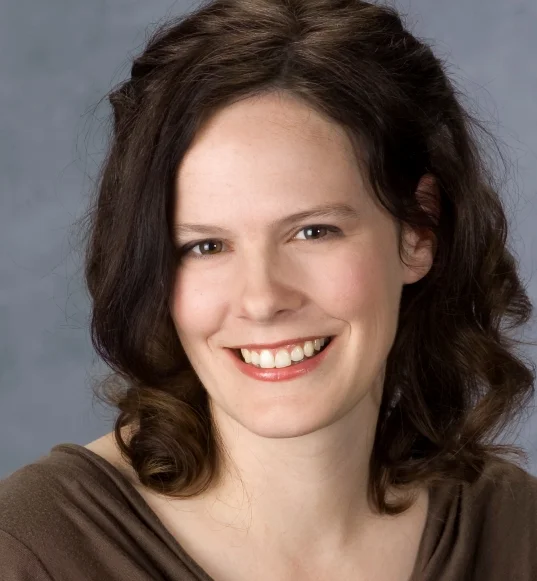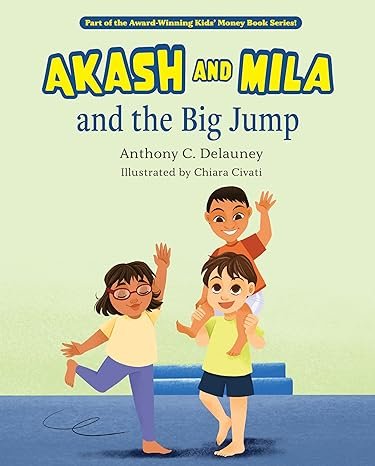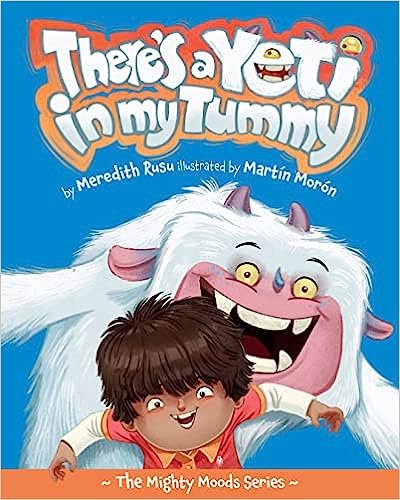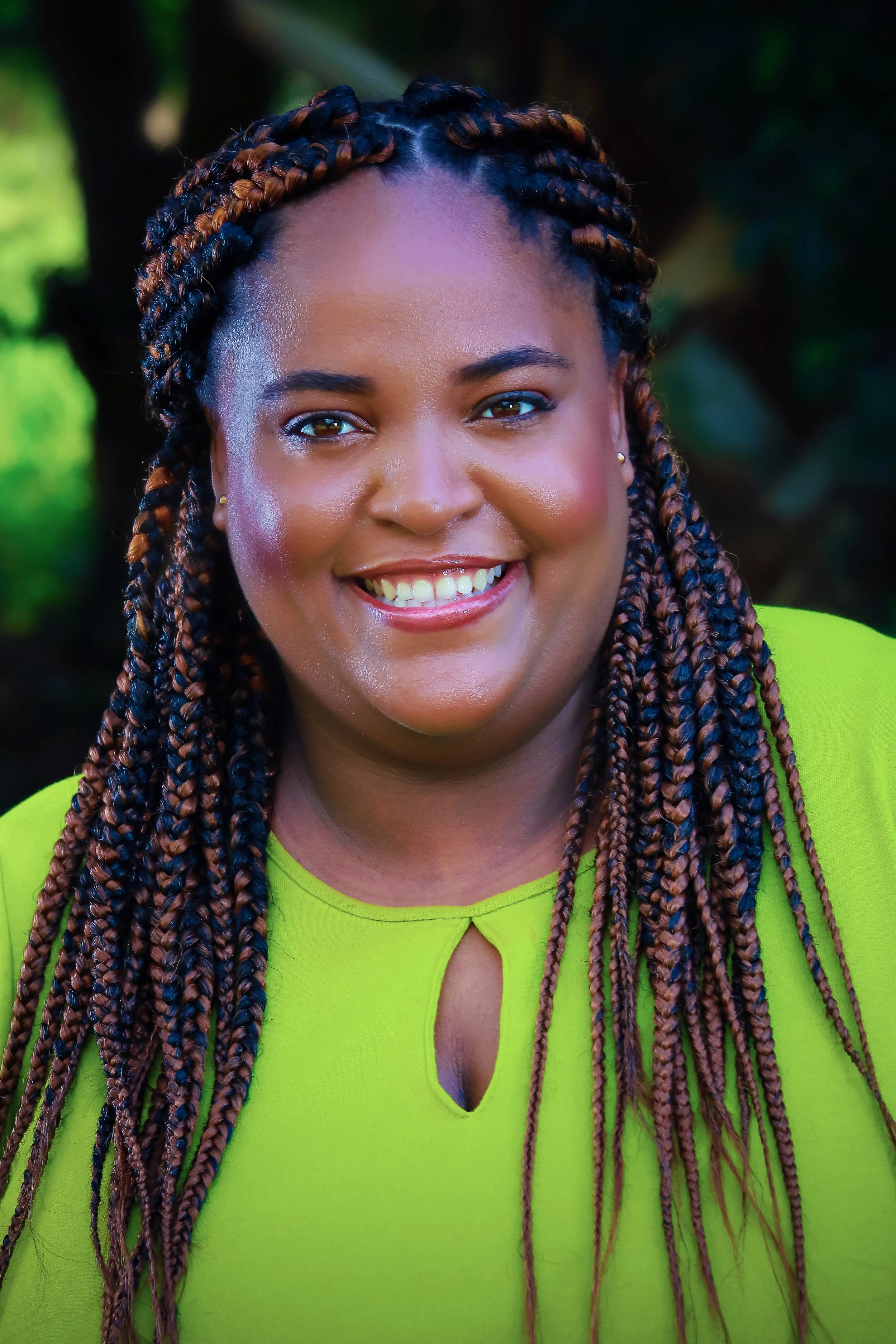What inspired you to write The Poet’s Secret?
At the time I wrote The Poet’s Secret, I was on a personal pilgrimage. I essentially took a threeyear sabbatical, sort of an adult “time out,” and embarked on a new path. I dedicated myself to explore the meaning of life and love and particularly the arc of passion. I became consumed by the idea of living in the present, honoring the “now” as the only real moment in time, the only authentic eternity, which allowed me to both disconnect and connect like never before and let go of the constructs of past and future as fictions created by the mind. I gained a new appreciation for relatively brief moments and encounters as having potentially profound effects. I was living abroad, reading, writing, surfing and slowing down my existence.
The tale that became The Poet’s Secret was conceived in a hovel perched atop a onetable taverna in the hillside village of Avdou, just a scooter ride from the blue waters of the Aegean Sea on the island of Crete. I was sequestered alone, halfway around the world from my home, and recovering from a life, and a relationship, that had left me hollow, or at least I thought at the time. But it turned out words kept flowing out of me, first in raw, chunky verse that faintly resembled poetry and then in images and scenes that bore an even fainter resemblance to a novel. For months I wrote, swam in healing waters and disappeared into this remote, antiquated Greek village. I had never done anything like that before, but at the time it was the only existence that made any sense.
So many miracles happened during those months. I experienced a cleansing, a healing and an awakening, and I began to perceive light and water and imagery and words and the souls around me like never before. I eventually returned to California, and then traveled to Bali, Mexico, Costa Rica, Thailand, Cambodia and South America, following the sea and surf with laptop in hand and continuing to write. The backstory to writing The Poet’s Secret is a story in itself.
How did you select the locations for the novel?
It was tempting to set the bulk of the novel in Greece, a country I adore. However, as the story evolved the compass for the island setting spun toward the West Indies, and the story’s life raft washed ashore on the fictional island of Mataki. I was fortunate to spend a good part of my sabbatical on tropical islands and coastal villages that certainly informed the setting. As for the early campus setting, I based it on a fictionalized version of my beloved alma mater, The Ohio State University.
What was your particular process in terms of plot, outlining and character?
I essentially began the novel with two scenes that were haunting me. First, I had a reclusive poet on a remote island cliff about to attempt suicide. Second, I had a bookish young woman captured within the confines of the great romances of literature. I really had no idea about their connection, if any, but those two images would not let go of me. As I began to write, the concept of the woman yearning for what nearly kills the poet began to take hold.
The process was fairly organic. I let the characters breathe and lead me into the story. I wasn’t even sure whose story it was until shortly after the first draft. Once the closing scene appeared to me I realized that it was really Elia’s story. I then just had to navigate getting there. While I did not develop any formal outline, I downloaded scenes as they appeared, stockpiled them and later wove them in when they seemed to make sense. It was a bit like swimming across a sea, not sure which direction land might be but hoping that if I kept going I would eventually find my way.
Stumbling, a bit blindly, through this creative process was both exasperating and exhilarating. As I was working on revisions, I attended several writers’ conferences that stressed the necessity of thorough plotting, which made me feel a tad vulnerable. I later read an interview about Michael Ondaatje’s process in writing The English Patient and realized I was in good company.
The novel is filled with excerpts of poetry, which came first, the poetry or the narrative arc?
Most of the poetry was written before any narrative took form. The poetry came in often painful and soulsearching flourishes, and then was revised over time. There is a line in The Poet’s Secret where Dean Baltutis refers to the poet’s inspiration being “survival.” That is precisely how it felt at times. I also wanted to combine both poetry and prose into one novel and attempt to slow down the reader a bit at the beginning of each chapter to contemplate and absorb the poetry, to be in that moment so to speak, before continuing on the narrative journey.
What in particular surprised you about the process of writing The Poet’s Secret?
I didn’t want to force plot twists or preconceived outcomes. I let the characters find the story. I let go of expectations and trusted the story to evolve. Tapping into this creative process was freeing, exhilarating and challenging, sort of like jumping off a cliff into the sea for the first time. I had never done anything quite like it, but this particular process for me felt authentic. I certainly was surprised how well the early drafts of the poetry and manuscript were received, which bolstered my confidence to pursue the project through publication.
Water imagery is abundant throughout the novel, what is the particular connection for you with water and particularly with respect to this novel?
I was thrown onto a swim team at age 8 even before I passed beginners swim lessons (I was terrible at the back float). But water soon became my life and in many ways my salvation. Throughout my youth I swam, played water polo, lifeguarded and hung around Lake Erie in northeastern Ohio. Somehow, I didn’t even see an ocean until I was 18. But I recall climbing out of the backseat of a Datsun 210 hatchback (or what they claimed to be a backseat) after driving for twentytwo hours to Ft. Lauderdale for spring break and telling my college buddies to just pick me up in a few hours. I was mesmerized. I sprinted into the Atlantic Ocean and swam and bodysurfed until dark. Today, I surf or swim almost every day. I feel like I am about eighty percent water, the remaining twenty percent made up mostly of curiosity and mischief.
Much of the water in the universe is said to be a byproduct of star formation. I’m no scientist, but I like the way that sounds. Because when I look up at the night stars it feels a lot like gazing west an hour before the sun dips into the sea, at least at my secret little spot by the water. Flickering diamonds scatter everywhere along the surface, and if I squint just right, I forget the sea is even there. Instead, it looks like a galaxy of stars shimmering right into me, washing across my heart, reflecting off my smile and filling me with the belief that I can just float away into the universe. So I often do.
Spiritually, water often represents purification and healing. To me, water represents so many things, perhaps most importantly love and life and the sacred feminine. I once nearly died underwater while surfing in Uluwatu, a place few have ever heard of and even fewer have visited. But I know on so many occasions water has saved me, water has healed me, and water has reset my compass when I have been spinning in some uncontrollable vortex. So for me, my life and my love seem to be tied to returning to the great aquatic source, again and again, maybe just to fill the chasm that still exists in me, and maybe to some degree still exists in all of us.
I have been fortunate to swim with sea turtles and dolphins in the wild on many occasions. When I stare into the eyes of a sea turtle or a dolphin I cannot help but believe that they understand this great aquatic connection, a connection beyond humanity, beyond species, beyond even the stars. So when I am writing about passion, heartbreak, healing, life and love, it is only natural for me to write in a particularly aquatic language and style.
Where is your favorite place to write?
My favorite place to write is on that squeaky metal spring cot in that hovel above Mihalis’ taverna in Avdou, Crete. After that, any place as long as I have my noise cancellation headphones. I’ve written and revised all over from kitchen tables to airplanes.
How long have you been writing?
I’ve been writing over thirty years now in one form or another. I wrote a bit of poetry in high school and then did a bunch of required writing in my legal profession. It was sometime after law school that I penned my first novel (unpublished), and then about ten years ago when the idea for The Poet’s Secret first took flight. I also have some published short fiction and poetry.
Who are some of your favorite authors?
Pablo Neruda, Gabriel Garcia Marquez, Haruki Murakami, Carlos Ruiz Zafon, Paulo Coehlo, Milan Kundera, John Steinbeck, Michael Ondaatje, Jorge Luis Borges, Rumi, A.S. Byatt, Carl Safina, Tom Spanbauer and so many more.
How did those authors influence your work?
My favorite authors inspire, entertain, challenge and provoke me. I don’t try to write or emulate any particular style. But when I read the opening of Cannery Row time stops.
How did you become affiliated with the Romance Writers of America?
Someone recommended I send an early draft of The Poet’s Secret to the RWA. While The Poet’s Secret is by no means a traditional genre romance, it was selected an RWA Golden Heart Finalist in romantic suspense. I was the only male nominated that year (attending the national conference and award ceremony is another story altogether). When my face went up on the Jumbotron in front of thousands of mostly female authors at the award ceremony it was a bit unnerving. Writing anything can be fraught with selfdoubt. The RWA could not have been more welcoming and supportive and certainly gave me a bolt of confidence to continue writing and revising, as did the nominee class from that year, the appropriately named Unsinkables.
How did your professional career as an attorney influence your writing and how do you balance the two careers?
I think practicing law actually spurred my interest in creative writing. While I was in private practice, I felt constrained by the form restrictions requisite within the legal profession. I also felt a lot of legal writing often served more to obfuscate than illuminate and writing poetry and fiction allowed me the freedom to explore and express myself in a different medium. The Poet’s Secret is not “another lawyer’s courtroom thriller” in any respect, nor am I particularly drawn to that genre since I’ve lived it. Nonetheless, my legal career (now as General Counsel for a large private brokerage company) is both fascinating and challenging. I draw some inspiration from the poet Wallace Stevens who for years continued his vibrant writing career while an executive for an insurance company. As far as balance goes, my evenings and weekends are spent around the keyboard as much as possible.
Tell us about your involvement with 1% for the Planet and The Surfrider Foundation.
Perhaps only a poet would give away money before it is even earned, but that is what I felt compelled to do given my love of the ocean and conservation causes. In addition to ocean swimming, free diving and water polo, I have been an avid surfer for nearly two decades and have surfed around the world. Subtle conservation themes are laced through The Poet’s Secret, but my love of the ocean and our planet is anything but subtle. I hope to leave this world and particularly our oceans better than I found them. Penju Publishing’s membership with 1% For the Planet and my pledged donations to The Surfrider Foundation are an effort to spread awareness, give back and pay it forward.
For more about the author please visit www.kennethzak.com























































